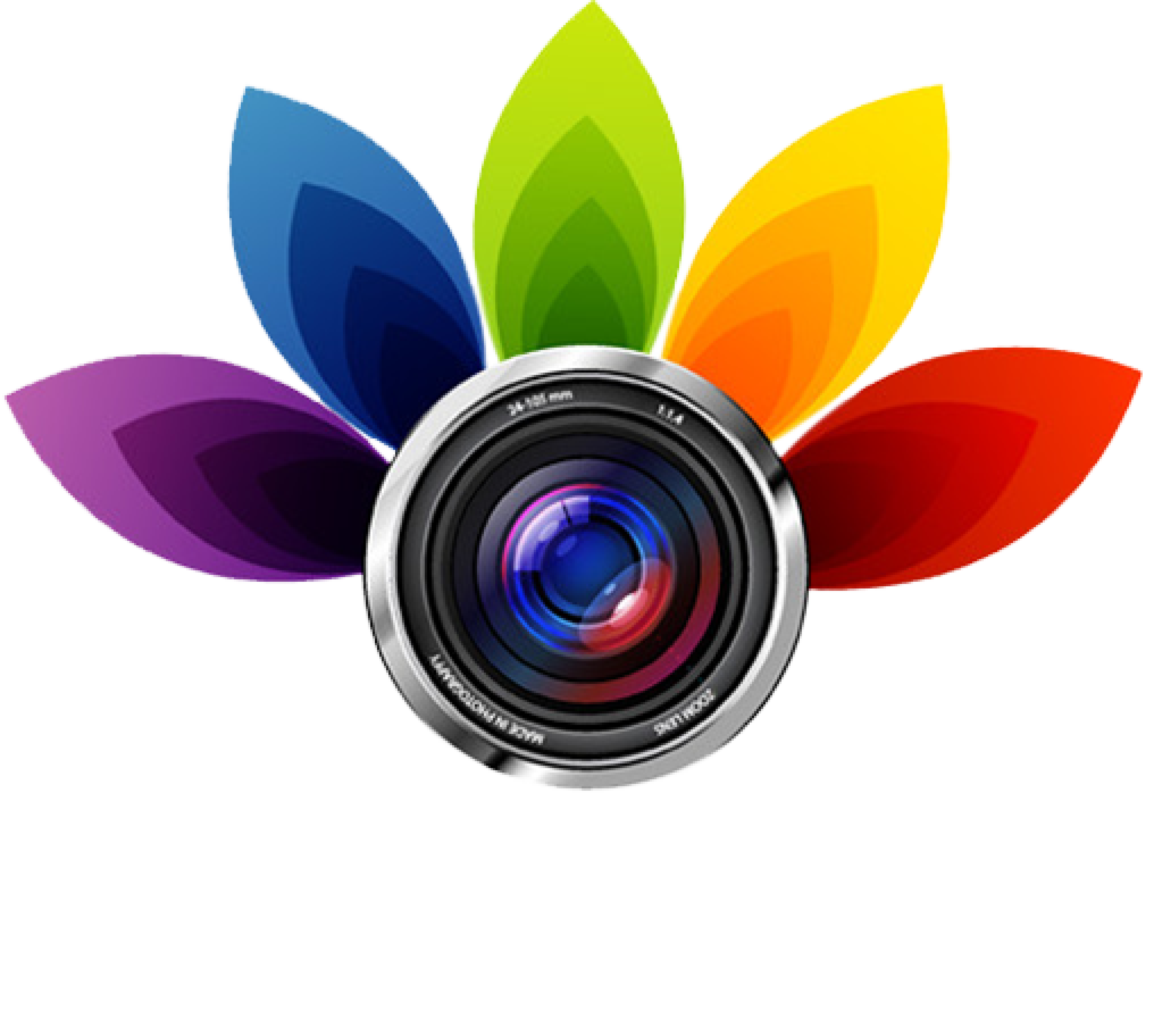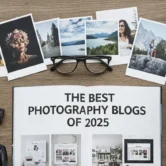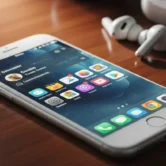
5 Key iPhone Settings for Exceptional Photography
As a photographer, you know that having the right settings on your iPhone can make a big difference in the standard of your photos. As camera technology improves, it’s important to know how to get the best results from your iPhone camera. In this article, we’ll look at five iPhone settings for photography that will improve your mobile photography skills.
Optimizing Your iPhone’s Camera
 Optimizing your iPhone’s camera involves maximizing its functions to take high-value photos and videos across various settings and conditions. fundamental iPhones have top smartphone cameras with features to improve photography experiences. You can improve your iPhone photos by adjusting settings and using features like HDR and Portrait Mode. These tools can help you take professional-caliber photos without needing a separate camera. You can achieve great results without needing a separate camera.
Optimizing your iPhone’s camera involves maximizing its functions to take high-value photos and videos across various settings and conditions. fundamental iPhones have top smartphone cameras with features to improve photography experiences. You can improve your iPhone photos by adjusting settings and using features like HDR and Portrait Mode. These tools can help you take professional-caliber photos without needing a separate camera. You can achieve great results without needing a separate camera.
Knowing how to navigate fundamental iPhone settings is important for photographers to shoot various types of photos effectively. This includes clear landscape shots, impressive portraits with blurred backgrounds, vibrant low-light scenes, and flexible moments with motion and sound. Learning these settings can greatly improve the excellence of your photography. Optimizing your fundamental iPhone settings camera involves experimenting with different shooting techniques, knowing composition principles, and utilizing editing tools to refine and boost your photographs. By becoming skilled at these aspects, you can improve your mobile photography skills, unlock creative opportunities, and consistently produce compelling visual content that resonates with viewers.
- To change camera settings on your iPhone, follow these steps. First, go to Settings. Next, select Camera. Finally, turn off auto adjust to prevent any unwanted changes to your camera settings.
- To prevent this, go to Settings > Camera and toggle off the “Auto Adjust” feature. This will allow you to manually set your camera settings, giving you more control over your photos.
- Another important setting to adjust is the camera mode.
- The iPhone settings camera offers three modes: Photo, Video, and Square. Photo mode is ideal for getting high-value still images, while Video mode is better for recording video. Square mode is perfect for shooting Instagram-style photos with a 1:1 aspect ratio. Experiment with each mode to see which one suits your photography needs best.
So, these settings, it’s also important to consider the camera resolution. The iPhone settings offer three resolution options 0.5 MP, 4 MP, and 12 MP. Higher resolution improves image condition but can also make files larger and require more storage space. For most photos, 12 MP is enough, but try different settings to see what works best for you.
Pro RAW and Resolution Control
 Pro RAW and resolution control are advanced features in iPhone cameras by Apple. They give photographers more control and ease in recording and editing high-condition images.
Pro RAW and resolution control are advanced features in iPhone cameras by Apple. They give photographers more control and ease in recording and editing high-condition images.
- Pro RAW is a format that combines the benefits of RAW files with the computational photography features of iPhones. It allows photographers to take images with more data and detail, offering greater stretch in post-processing.
- iPhones provide users with options to control the resolution of their photos. Photographers can pick from various resolutions like 0.5 MP, 4 MP, and 12 MP to suit their needs.
Exposure and Clarity
 Lighting is important in photography. With the iPhone, you can control two main things that affect how your pictures look: exposure and clarity. Exposure decides how vivid or dark your photo is overall. You can change exposure by swiping up or down in the camera app. If it’s light outside, you might want to increase exposure to catch more detail in your photo, like during a sunset.
Lighting is important in photography. With the iPhone, you can control two main things that affect how your pictures look: exposure and clarity. Exposure decides how vivid or dark your photo is overall. You can change exposure by swiping up or down in the camera app. If it’s light outside, you might want to increase exposure to catch more detail in your photo, like during a sunset.
Luminance, on the other hand, adjusts the color tone of your photos. In the camera app, swipe up to find highlight options: natural, warm, and cool. Natural keeps colors neutral, while warm adds a bit of warmth and cool makes colors cooler. Each setting gives your photos a different vibe, so try them out to see which one fits your style best. Adjusting exposure and exposure helps you get the perfect shot in any lighting conditions.
Improving Focus and Zoom for Sharp Images
 Focus and zoom are two key fundamental iPhone settings for taking sharp images on your iPhone. The iPhone setting offers two focus modes autofocus and manual focus. Autofocus is the default setting, which automatically adjusts the focus based on the object in your frame. Manual focus, on the other hand, allows you to set the focus yourself.
Focus and zoom are two key fundamental iPhone settings for taking sharp images on your iPhone. The iPhone setting offers two focus modes autofocus and manual focus. Autofocus is the default setting, which automatically adjusts the focus based on the object in your frame. Manual focus, on the other hand, allows you to set the focus yourself.
To manually focus, open the camera app. Zoom in on the area you want to focus on by pinching your fingers on the screen. You can then adjust the focus by sliding your finger up or down. This is especially useful when shooting portraits or close-up shots, where precise focus is critical.
The iPhone also offers two zoom options, digital zoom and optical zoom. Digital zoom is the default setting, which enlarges the center of the image while cropping the edges. Optical zoom on iPhone uses the camera lens to zoom in on the subject while keeping the image value. Optical zoom is available on the latest iPhone models, including the iPhone 11 and later.
HDR to Improve Your Photos
 HDR (High Active Range) combines different exposures to make one picture with better contrast and color. The iPhone offers two HDR options: HDR Auto and HDR On. HDR Auto is the default setting, which automatically enables HDR when the camera detects a high-contrast scene. HDR On, on the other hand, allows you to manually enable HDR for any scene.
HDR (High Active Range) combines different exposures to make one picture with better contrast and color. The iPhone offers two HDR options: HDR Auto and HDR On. HDR Auto is the default setting, which automatically enables HDR when the camera detects a high-contrast scene. HDR On, on the other hand, allows you to manually enable HDR for any scene.
To use HDR, open the camera app and go to Settings > Camera > HDR. Toggle on the “HDR” switch to enable the feature. HDR is especially useful when shooting landscapes, cityscapes, or any scene with high contrast. It can help to take more detail in the shadows and highlights, resulting in a more visually appealing image.
One important thing to note about HDR is that it may not work in all situations. if you’re shooting in low-light conditions, HDR may not produce the desired results. Additionally, HDR can sometimes introduce artifacts or unnatural colors, especially when shooting moving subjects. Experiment with HDR to see how it improves your photos, and adjust your settings accordingly.
Taking Advantage of Night Mode for Low-Light
 Night mode is a feature that allows you to record high-standard images in low-light conditions. The fundamental iPhone settings offer two-night mode options, Night mode and Low Light mode. Night mode is the default setting, which automatically enables when the camera detects low light. Low Light mode, on the other hand, allows you to manually enable night mode for any scene.
Night mode is a feature that allows you to record high-standard images in low-light conditions. The fundamental iPhone settings offer two-night mode options, Night mode and Low Light mode. Night mode is the default setting, which automatically enables when the camera detects low light. Low Light mode, on the other hand, allows you to manually enable night mode for any scene.
To use night mode, open the camera app and go to iPhone Settings > Camera > Night Mode. Toggle on the “Night Mode” switch to enable the feature. Night mode is especially useful when shooting in dimly cool environments, such as restaurants or at night. It can help to reduce noise and catch more detail in the shadows, resulting in a more visually appealing image.
One important thing to note about night mode is that it may not work in all situations. For example, if you’re shooting in extremely low-light conditions, night mode may not produce the desired results. Night mode can sometimes introduce motion blur or objects, especially when shooting moving subjects. Experiment with night mode to see how it improves your low-light photos and adjust your settings accordingly.
Editing Your iPhone Photos for Professional Results
 After taking photos with the iPhone camera, editing is important to improve the standard of your pictures. It can make a big difference in how your photos turn out. The iPhone has editing tools. These tools include the Photos app and third-party apps like Adobe Lightroom and Photoshop Express.
After taking photos with the iPhone camera, editing is important to improve the standard of your pictures. It can make a big difference in how your photos turn out. The iPhone has editing tools. These tools include the Photos app and third-party apps like Adobe Lightroom and Photoshop Express.
To edit your iPhone photos, open the Photos app and select the photo you want to edit. You can then adjust the intensity, contrast, and saturation using the sliders at the bottom of the screen. You can also apply filters and effects using the buttons at the top of the screen.
There are more editing apps available that have advanced features such as layers, masking, and color grading. These apps can be used alongside the built-in editing tools. Experiment with different editing apps and techniques to find what works best for you and your photography style.
Conclusion
Tweaking your fundamental iPhone settings camera can greatly improve how your photos turn out. You can make your photos look professional by adjusting settings like exposure, illumination, focus, zoom, and HDR. Even without a fancy camera, you can achieve this. Changing these settings can make your photos lighter or darker, clearer, and more balanced in terms of light and dark areas.
Adjusting these settings can make your photos lighter or darker, clearer, and more balanced in terms of light and dark areas. After taking photos with your iPhone, you can improve them using the Photos app or other editing apps. These apps let you adjust colors, sharpness, and other details to make your photos look more polished.
Practice and experiment with settings and editing on your iPhone camera to maximize its skills. This will help you take photos that stand out and improve your mobile photography skills over time.
Read Next: How to Improve Product Photos with Your Smartphone





